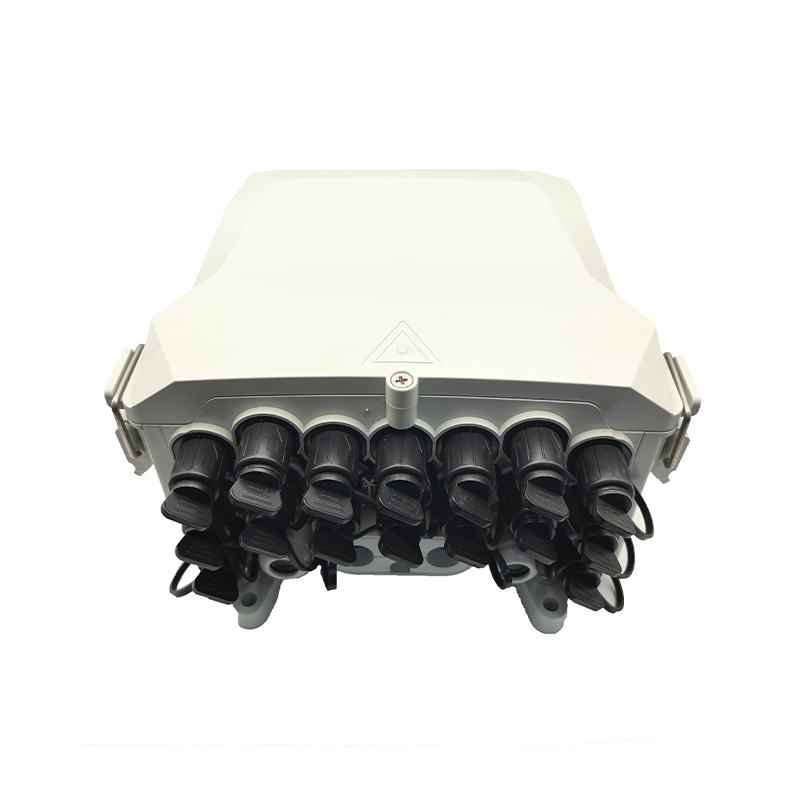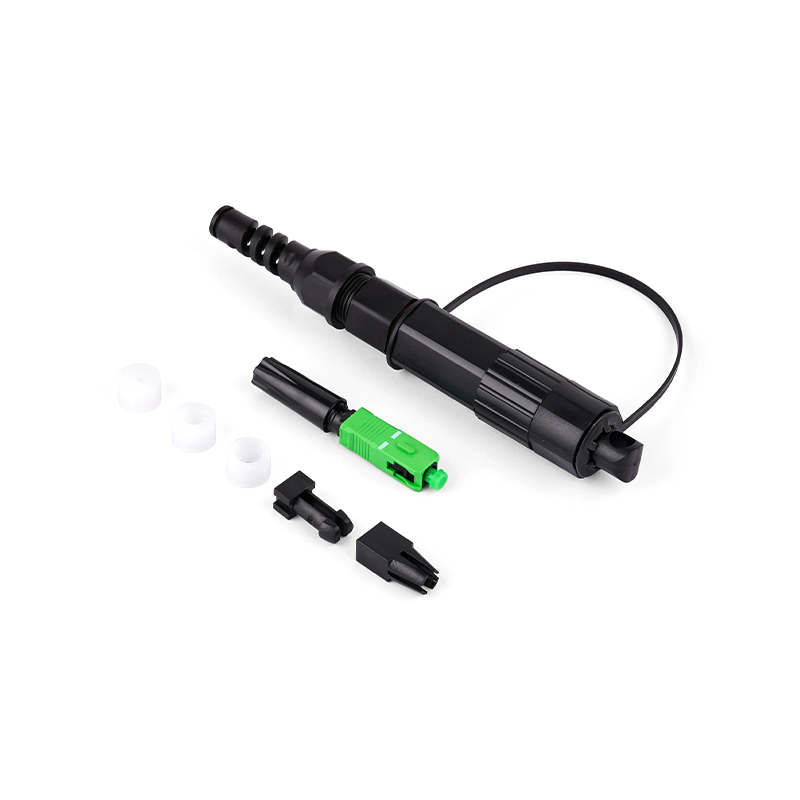How to Use a Fiber Optic Distribution Box?
2025-10-03
A fiber optic distribution box (FDB) is an essential device in fiber optic communication networks. It provides a secure, centralized management point for optical cables entering buildings or user terminals. Whether for large-scale industrial projects, data centers, or fiber-to-the-home (FTTH) solutions, proper use of the FDB is crucial for ensuring stable optical signal transmission and improving network maintenance efficiency.
Content
Key Functions and Structure of a Fiber Optic Distribution Box
The primary functions of a fiber optic patch panels are to secure, protect, splice, terminate, and distribute optical cables. It typically consists of a box housing, an internal fiber optic connector panel, a splice tray, a fiber storage device, and cable fixtures. Understanding these components will facilitate better operation and maintenance:
- Cable Entry and Fixture: Protects optical cables from mechanical damage when entering the distribution box and secures them to prevent movement.
- Fiber Splicing and Storage: Provides a clean and safe area for fiber splicing. The spliced fibers are then coiled and stored in the splice tray to protect the fiber connectors.
- Fiber optic patching and connection: Connect the spliced fiber cores to patch cords using adapters (such as SC and LC cables) to establish connections to external fiber optic equipment (such as fiber optic switches and transceivers). This is what "patch" means.

Steps for Correctly Using a Fiber Optic Patch Box
1. Installation and Fixing
The fiber optic patch box should be installed in a dry, clean, and easily accessible location, such as a communications room, equipment room, or corridor wall.
- Site Selection: Ensure that the ambient temperature and humidity meet the equipment requirements, and allow sufficient space for operation and future expansion.
- Securing: Secure the patch box to the wall or rack using fasteners such as expansion screws. Keep the box straight.
2. Cable Entry and Fixing
- Stripping: Strip the fiber optic cable as required, leaving an appropriate length for entry into the splicing area.
- Secure: Use cable clamps or cable ties to secure the fiber optic cable's reinforcement core and outer jacket within the enclosure to withstand tension and protect the optical fiber from stress.
3. Fiber Splicing and Coiling
- Fiber Core Preparation: Prepare the bare fiber core of the optical cable and the bare fiber core of the pigtail. One end of the pigtail contains the bare fiber for splicing; the other end contains a connector for plugging into the panel.
- Splicing: Use a fiber fusion splicer to perform precise splicing to minimize splice losses.
- Storing and Protecting: Protect the spliced splice with heat shrink tubing and neatly coil it in a splice tray. The bend radius of the fiber during coiling should not be less than the minimum specified by the fiber manufacturer, typically no less than 40mm, to prevent increased fiber losses.
4. Wiring and Connecting
- Splicing: Insert the connector (such as an SC connector) on the fusion-spliced fiber pigtail into the adapter on the fiber optic patch panel.
- Patch Cord Connection: Use fiber optic patch cords to connect the adapter on the panel to external communications equipment. Ensure that the patch cord model matches the adapter type.
Management Tips for Optimizing Fiber Optic Patch Panel Usage
Efficient fiber optic patch panels management can significantly reduce network failure rates and maintenance costs.
- Clear Labeling: Clearly label each fiber, port, and patch cord, indicating its starting and ending point, as well as its purpose (such as "uplink" or "user access").
- Cable Management: Use cable ties or cable clips to neatly bundle the fiber optic patch cords and stored fibers within the enclosure to avoid cross-linking and tangling, and to ensure smooth airflow.
- Regular Inspection: Regularly inspect the interior of the patch panel to ensure it is free of dust and moisture, and that all connections are secure and reliable. Use an optical power meter to check optical signal strength when necessary.
Fiber optic patch panels serve as a bridge connecting optical cable lines and terminal equipment. The quality of their use and management directly determines the performance of the entire fiber optic communication network. Through standardized installation processes and refined management, the reliability and transmission efficiency of the fiber optic network can be maximized, providing users with a stable and high-speed data transmission experience.











